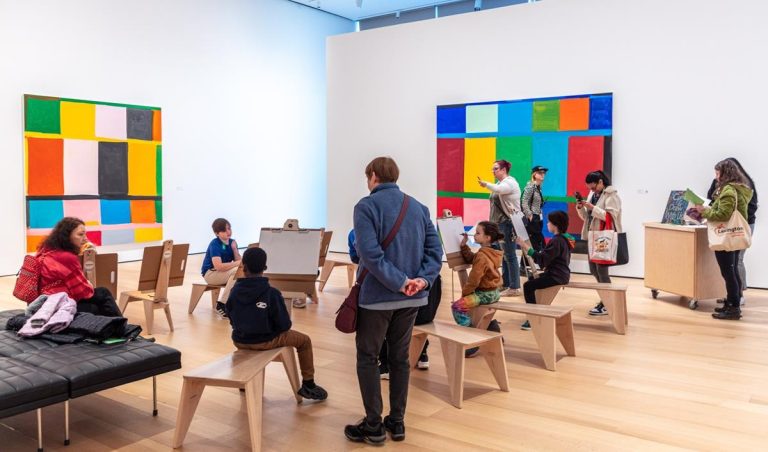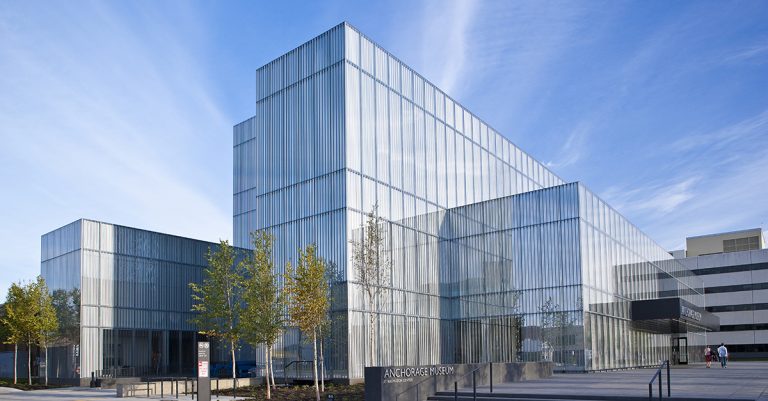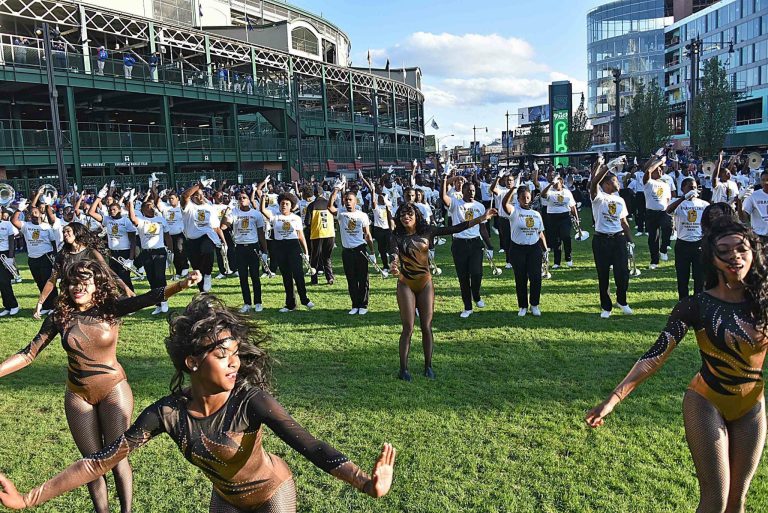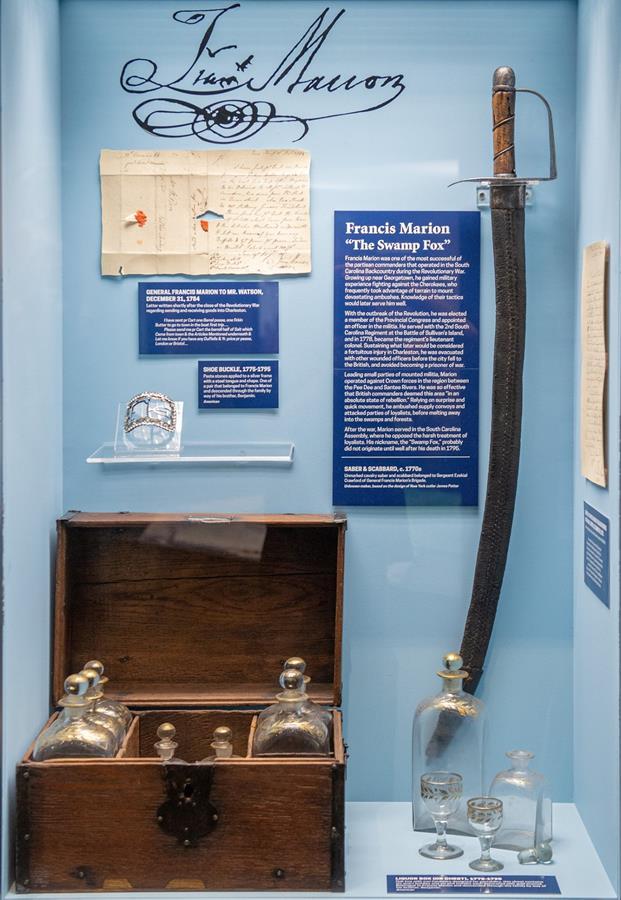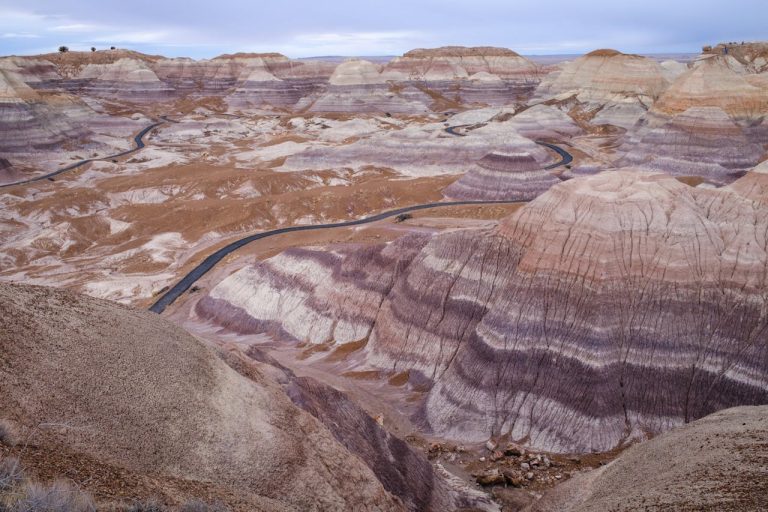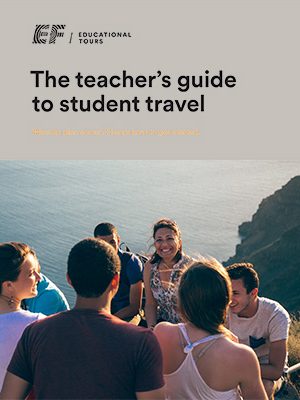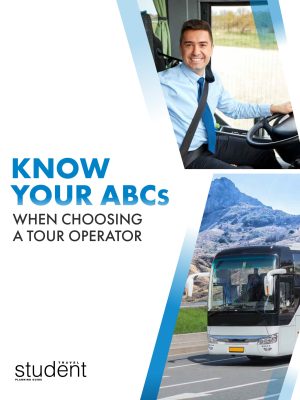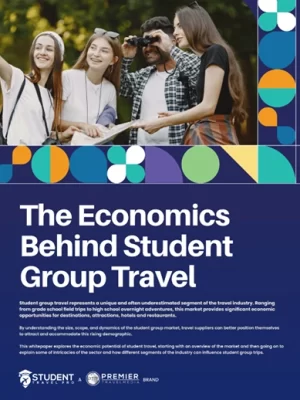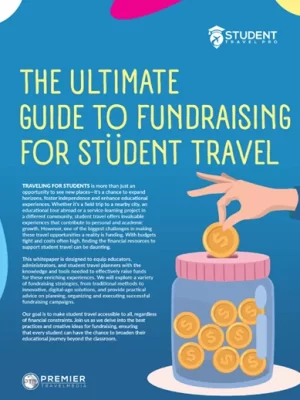Virtual Touring programs are a great opportunity for students to feel more involved in the natural world even when they cannot travel. Moreover, they can inspire a connection with the land and encourage students to invest in eventually traveling to a given location. Below are seven immersive virtual touring experiences.
ZION NATIONAL PARK, UTAH
The lively Zion National Park is a great spot for geology enthusiasts to look at an array of colorful, tall cliffs. Leafy green trees, plants, and a variety of different animals make every visit memorable.
Students interested in being able to explore the park from afar and indulge in an online park tour can watch videos showcasing first-hand hiking experiences or perspectives of someone driving through the park
Additionally, Zion National Park offers virtual classroom visits in real-time by a uniformed ranger for any grade level. Through this virtual educational experience, students learn about the National Park Service and Zion National Park through presentations and props used by the ranger. The classroom will explore a range of topics, including ecology, wildlife, and the history of Zion National Park. Students can also ask questions and interact with the park ranger. The virtual experience comes with a post-program activity to make it as immersive as possible.
DEATH VALLEY NATIONAL PARK, CALIFORNIA-NEVADA BORDER
Death Valley National Park is full of diverse natural beauty, such as mountains, which allow visitors to see some of the tallest areas in the county. On the other hand, the popular Badwater Basin within the park is the lowest point in the country.

Students can explore the terrain of the largest U.S. National Park outside of Alaska—Death Valley National Park—from the classroom. This virtual tour allows access to the entirety of the park, from the 11,000-foot-high snow-covered mountains a few miles from the salt pan to volcanic craters and mammoth sand dunes. While avoiding the scorching heat of Death Valley National Park, students can explore the immense landscape that spans over three million acres from their own computers. This virtual tour makes traversing through the park a fun and interactive experience, incorporating fun facts and a specially composed soundtrack of natural sounds to a specially composed soundtrack of natural sounds to accompany the tour.
Within the classroom, students can immerse themselves in the Ask-A-Ranger virtual learning experience. This program allows students to ask questions directly to park rangers and learn more about the terrain. Students can also discover a world of understanding on the park’s Virtual Trips. The program starts with a pre-program that uses readings and videos to help the students learn more about the park, and then a ranger joins for the main trip and uses the pre-work to guide the conversation.
STEM PROGRAM
Connect your students to authentic STEM experiences in national parks through the Greening STEM Project. The National Environmental Education Foundation (NEEF) partners with the National Park Service to create Greening STEM, a program that connects schools with public land agencies to encourage STEM learning. Through Greening STEM, students are put into place-based investigations of the natural environment, dealing with real-world challenges. This after-school program offers students the opportunity to have genuine STEM experiences in the national park, making environmental issues more easily accessible to students and teachers.
BADLANDS NATIONAL PARK, SOUTH DAKOTA
Badlands National Park is known for its fossil beds that allow students to take glimpses into our world’s natural history through the species embedded in the land, like the saber-toothed cat. The park also has unique-looking rock structures and many animals roaming around the area.
Badlands National Park offers a fascinating virtual field trip through engaging video sessions and video conferencing right from the classroom. Encouraging your students’ passion for science and geology is highlighted in this national park’s virtual program.
Classrooms can explore the ancient ecosystems of the Badlands, discovering how rocks can tell us more about history than we think. Students can also learn about the ancient animals of the Badlands in comparison to modern-day animals, developing insight into how to predict the environment in which animals once lived. A third program analyzes how critical the bison were to the Lakota Sioux by examining how every part of the bison was used for their survival.
VIRTUAL COLORADO
With the versatility of this program, your classroom can explore any Colorado national park from their own computer screen. With excellent technology right at your fingertips, the need for permission slips is gone. Students can traverse the protected forests and alpine tundra of Rocky Mountain National Park, the steep gorge that carves the Precambrian rock called the Black Canyon in Gunnison National Park, well-conserved residences of Ancestral Puebloan in the Mesa Verde National Park and beaches at the base of the dunes in Great Sand Dunes National Park. The versatility of Colorado’s geology is at full accessibility to your classroom without a single bus ride.
These tours offer students interested in geology unlimited access to each park’s best features. You can explore these parks as fast or slow, as casually or in-depth as you desire.
GRAND TETON NATIONAL PARK, WYOMING
Grand Teton National Park is near the heart of the Teton Mountain Range, leading visitors to witness views full of jagged rocky formations. The park is also home to lakes and an array of animals.
This distance learning program is all about immersing budding STEM students in the environment of national parks. Park rangers broadcast live to your classroom from a snow-covered desk at the base of the Teton Range to host an interactive talk show with the students.
Unique Programs to Choose From
With three different virtual programs available, this distance learning can be tailored to the age group of your classroom with categories such as “Surviving Winter” (recommended for grades K-3), “Every Snowflake Counts” (recommended for grades 3-5), and “Why Winter Matters” (recommended for grades 6-8). Students have a fun and exciting experience as they learn how the wildlife of Grand Teton National Park adapt to weather and extreme climate, the importance of the water cycle to the animal and plant life in the park and the differences between climate and weather.
Students who find that nature and national parks inspire their interest will enjoy the engaging Behind the Flat Hat Program. This program includes 45-minute virtual sessions with park rangers that allow students to learn more about how skills used by park professionals can be used in other career paths or even explore if they would want to be a park ranger. This is a program recommended for students between second and eighth grade (with slightly differing programs for second to fifth graders).
YELLOWSTONE NATIONAL PARK, WYOMING, IDAHO, MONTANA
Yellowstone National Park is full of stunning forests and colorful canyons. Most famously, it is known for its awe-inspiring geysers and hot springs. Many animals live within the park’s boundaries, including bears and wolves.
Students can take a virtual tour of the stunning park through videos showcasing first perspective walk throughs of the most popular areas in the park. Some of the tour locations included Dragon Mouth’s Spring, Upper Falls and Canary Spring.
The classroom can also enjoy a virtual adventure with Yellowstone National Park’s distance learning programs. In the program recommended for third and fifth grade, park rangers can teach students about ecology, the National Park Service mission, and cultural backgrounds related to the park.
TIPS FOR A SUCCESSFUL VIRTUAL ADVENTURE
If you want students to have the best experience immersing themselves in a virtual tour of a national park, consider the following:
- Check your technology. Be sure that Wi-Fi is connected and attempt to quell any unforeseen technological issues.
- If meeting with a park ranger, have questions prepared ahead of time.
- Be in a comfortable location while on the tour.
- Allow yourself to engage fully with the material. Listen to music or informational videos if needed.
- Don’t be afraid to use a multimedia-based approach. Look at photos, listen to audio and watch videos.
One can learn more about virtual tours, specifically what kinds of tours are offered in Afar’s article on the matter.
Virtual tours of national parks are an affordable, accessible way to help students feel attached to nature. Also, chances to connect with park staff are intriguing ways for students to learn more about a national park’s history and related career paths and learning opportunities.
Edited by Sarah Payne



